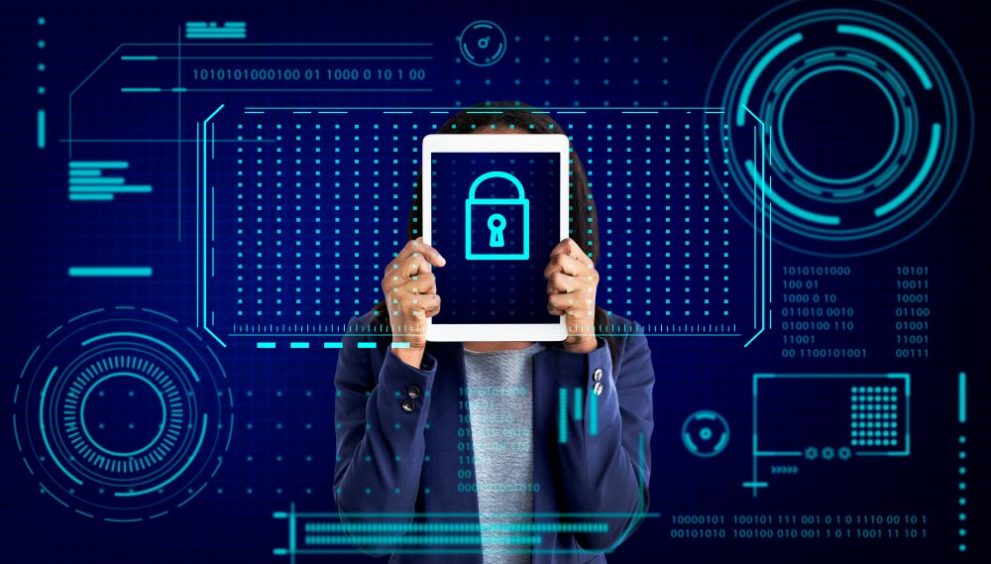Network security is a critical aspect of protecting digital assets, data, and systems from unauthorized access, misuse, and attacks. As technology advances and cyber threats evolve, it’s crucial to stay informed about the latest trends and predictions in the field of network security and cyber security.
The digital landscape is constantly changing, and with it, the nature of network security threats. Cybercriminals are becoming more sophisticated, leveraging advanced technologies and exploiting vulnerabilities in systems and human behavior. To stay ahead of these threats, organizations must adopt proactive strategies and invest in cutting-edge network security tools and network security solutions. By understanding the emerging trends and predictions in network security, businesses can make informed decisions and strengthen their defenses against cyber attacks.
AI and Machine Learning for Threat Detection and Response
Artificial Intelligence (AI) and Machine Learning (ML) are revolutionizing the way organizations detect and respond to cyber threats. These technologies enable real-time analysis of vast amounts of data, identifying anomalies and potential threats that might otherwise go unnoticed by human analysts.
- Faster Threat Detection: AI and ML algorithms can process and analyze massive volumes of data in real-time, enabling quicker identification of potential threats.
- Improved Accuracy: Machine learning models can be trained on historical data to recognize patterns and indicators of compromise, reducing false positives and false negatives.
- Automated Response: AI-powered security systems can automatically initiate defensive measures, such as isolating infected devices or blocking malicious traffic, minimizing the impact of an attack.
Why It Matters
As the volume and complexity of cyber threats continue to grow, manual threat detection and response become increasingly challenging. AI and ML technologies offer a scalable and efficient solution, enabling organizations to keep pace with the evolving threat landscape.
By 2025, AI and ML will become integral components of network and cloud security solutions. Organizations will increasingly rely on these technologies to detect and respond to threats in real-time, reducing the risk of successful attacks and minimizing the impact of breaches.
Rise in Ransomware Attacks Targeting Critical Infrastructure
Ransomware attacks have become a significant concern for organizations across all industries, with cybercriminals targeting critical infrastructure and essential services to maximize their profits and disruptive impact.
- Healthcare: Hospitals and medical facilities are prime targets for ransomware attacks, as they rely on access to patient data and systems to provide life-saving care.
- Energy and Utilities: Attacks on power grids, oil and gas pipelines, and water treatment plants can cause widespread disruption and pose significant risks to public safety.
- Transportation: Ransomware attacks on transportation systems, such as airports, railways, and shipping companies, can disrupt global supply chains and cause economic losses.
Why It Matters
Ransomware attacks on critical infrastructure can have severe consequences, endangering public safety, disrupting essential services, and eroding trust in institutions. Organizations must prioritize cyber security network security measures to protect against these threats.
By 2025, ransomware attacks targeting critical infrastructure will become more frequent and sophisticated. Organizations will need to invest in robust backup and recovery solutions, as well as adopt a multi-layered approach to network security protection to mitigate the risk of successful attacks.
Proliferation of Zero Trust Security Models
Zero Trust is a security model that assumes no implicit trust for any entity, whether inside or outside the network perimeter. Instead, it requires continuous verification and authentication for every user, device, and application attempting to access resources.
Key Principles of Zero Trust:
- Verify explicitly: Authenticate and authorize based on all available data points, including user identity, device health, and behavioral attributes.
- Use least privilege access: Grant users only the minimum permissions necessary to perform their tasks, reducing the potential impact of a breach.
- Assume breach: Operate under the assumption that a breach has already occurred or will occur, and design security controls accordingly.
Why It Matters
Traditional perimeter-based security models are no longer sufficient in a world of remote work, cloud computing, and mobile devices. Zero Trust offers a more granular and adaptive approach to security, reducing the risk of unauthorized access and data breaches.
By 2025, Zero Trust will become the dominant security model for organizations of all sizes. The adoption of Zero Trust principles will be driven by the need to secure remote workforces, protect cloud-based assets, and comply with increasingly stringent data protection regulations.
Conclusion
As we look ahead to 2025, it’s clear that the network security landscape will continue to evolve and present new challenges. The three key predictions discussed in this article – AI and ML for threat detection and response, the rise in ransomware attacks targeting critical infrastructure, and the proliferation of Zero Trust security models – highlight the need for organizations to remain vigilant and proactive in their approach to network security and cyber security.
To stay ahead of emerging threats, organizations must invest in advanced network security tools and network security solutions that leverage AI, ML, and Zero Trust principles. By adopting a multi-layered approach to network security protection, businesses can reduce the risk of successful attacks and minimize the impact of breaches.
As a trusted cybersecurity provider, Quick Heal Total Security offers comprehensive solutions to help organizations navigate the complex world of network security. By staying informed about the latest trends and predictions and implementing robust security measures, organizations can protect their digital assets and maintain the trust of their customers and stakeholders in the years to come.
Check Out Our Full Antivirus Range


